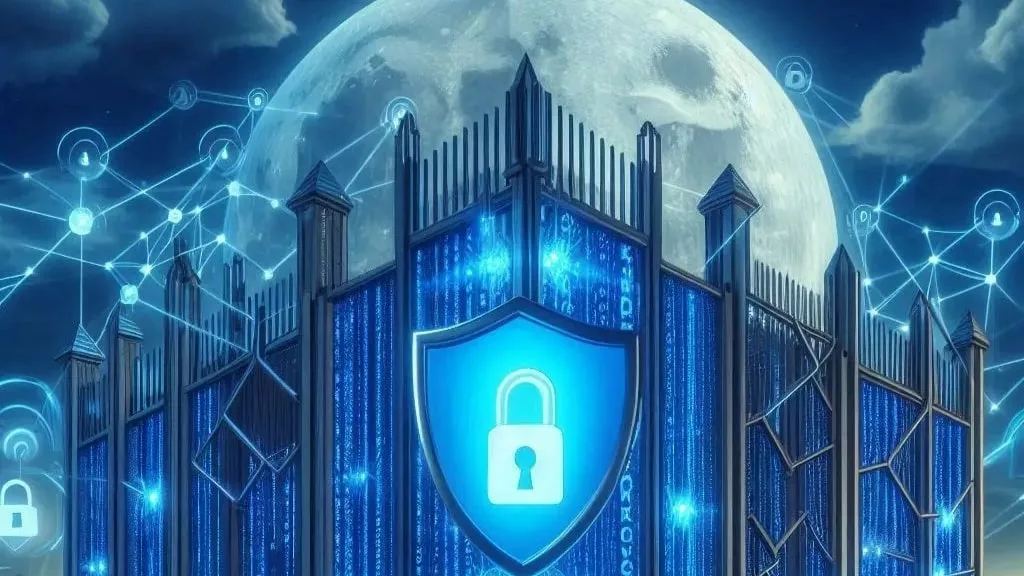The XRP Ledger (XRPL) community is moving quickly to create a robust defense system against scams, often referred to as the “XRP firewall.” This initiative aims to consolidate multiple safeguards and tools into a single framework designed to block fraudulent activity and protect users’ assets on the XRPL.
The proposal, led by Vet, one of the dUNL validators on XRPL, centers on a new amendment known as the XLS-86 Firewall. While still under development, this feature promises to provide a comprehensive safeguard against scams targeting XRP, tokens, and NFTs.
According to Vet, the firewall would significantly reduce the risk of losses when activated. “It will finally eliminate you losing your XRP, tokens, and NFTs entirely if you use this functionality,” Vet stated in a recent social media post.
Recent Security Concerns Highlight Urgency
The push for a more integrated protection system comes after several incidents underscored vulnerabilities in the ecosystem. One notable example involved compromised packages of the widely used xrpl.js library on NPM, which could have exposed users to malicious activity. The issue was patched in April 2025, but it highlighted the need for a stronger, proactive approach to security.
The XRPL community has historically relied on fragmented tools to combat fraud. Platforms like XRplorer maintain databases of addresses linked to scams or illicit transfers. Wallets and exchanges sometimes use these lists to block or warn users about high-risk accounts. However, these protections have been scattered across multiple services, rather than unified in one cohesive system.
How the XLS-86 Firewall Could Work
The proposed firewall would bring together several security measures in a single, user-friendly interface. Some of the anticipated features include:
-
Automatic Address Flagging: The firewall could identify addresses previously linked to fraudulent activity and prevent accidental payments.
-
User Warnings: Wallets could display clear warnings before transactions to flagged accounts, giving users an extra layer of confirmation.
-
Shared Data Across Exchanges: Nodes and exchanges could collaborate to maintain up-to-date blacklists, reducing opportunities for scammers to move funds undetected.
-
Machine Learning Detection: AI could spot repeat patterns of phishing attempts or cloned websites, helping to catch emerging threats faster.
-
Human Verification: For more complex cases, dedicated teams could verify suspicious activity to ensure accuracy and avoid false positives.
This multi-layered approach would give XRPL users a stronger line of defense, mitigating risks that have historically resulted in millions of dollars in losses.
Community and Developer Support
The firewall initiative has garnered significant attention from validators, developers, and the broader XRP community. Vet described the amendment as a potential “endgame for fraudsters,” reflecting the ambition behind the project.
“Given the victims we have had in the past, I can’t wait for it!” Vet added. The sentiment reflects a broader desire in the community to protect retail investors, institutional participants, and NFT holders alike.
Several validators are actively participating in the development of XLS-86, ensuring the firewall is compatible with existing XRPL infrastructure. This collaborative effort aims to provide a solution that is both effective and easy for everyday users to engage with.
Current Tools and Limitations
While the firewall is in development, users already have access to some preventive measures. Scam reports can be filed through XRPL.org, and guidance is available to help users recognize suspicious transactions. However, these tools remain fragmented and reactive, rather than integrated and proactive.
The firewall seeks to bridge that gap, centralizing security features and making them accessible to the average XRPL participant. By combining reporting, automation, and verification, XLS-86 could establish a new standard for blockchain security.
Market Implications
As XRP trades around $3, improved security measures could bolster investor confidence. Protecting user funds from scams and reducing the risk of high-profile exploits may also encourage broader adoption of the XRPL for both cryptocurrency and NFT transactions.
Moreover, a successful firewall could position XRPL as a leader in on-chain security standards, potentially influencing other blockchain networks to implement similar integrated protections.
Looking Ahead
While XLS-86 is still under development, the proposed amendment marks a pivotal step toward creating a safer ecosystem for XRPL users. Its combination of automated detection, shared intelligence, and human verification represents a comprehensive approach to mitigating fraud.
The community will closely monitor the rollout and effectiveness of the firewall, which has the potential to reshape how scams are addressed in decentralized networks. For now, XRPL users can look forward to a future where safer transactions, reduced losses, and stronger protections become standard practice.
Post Views: 53



